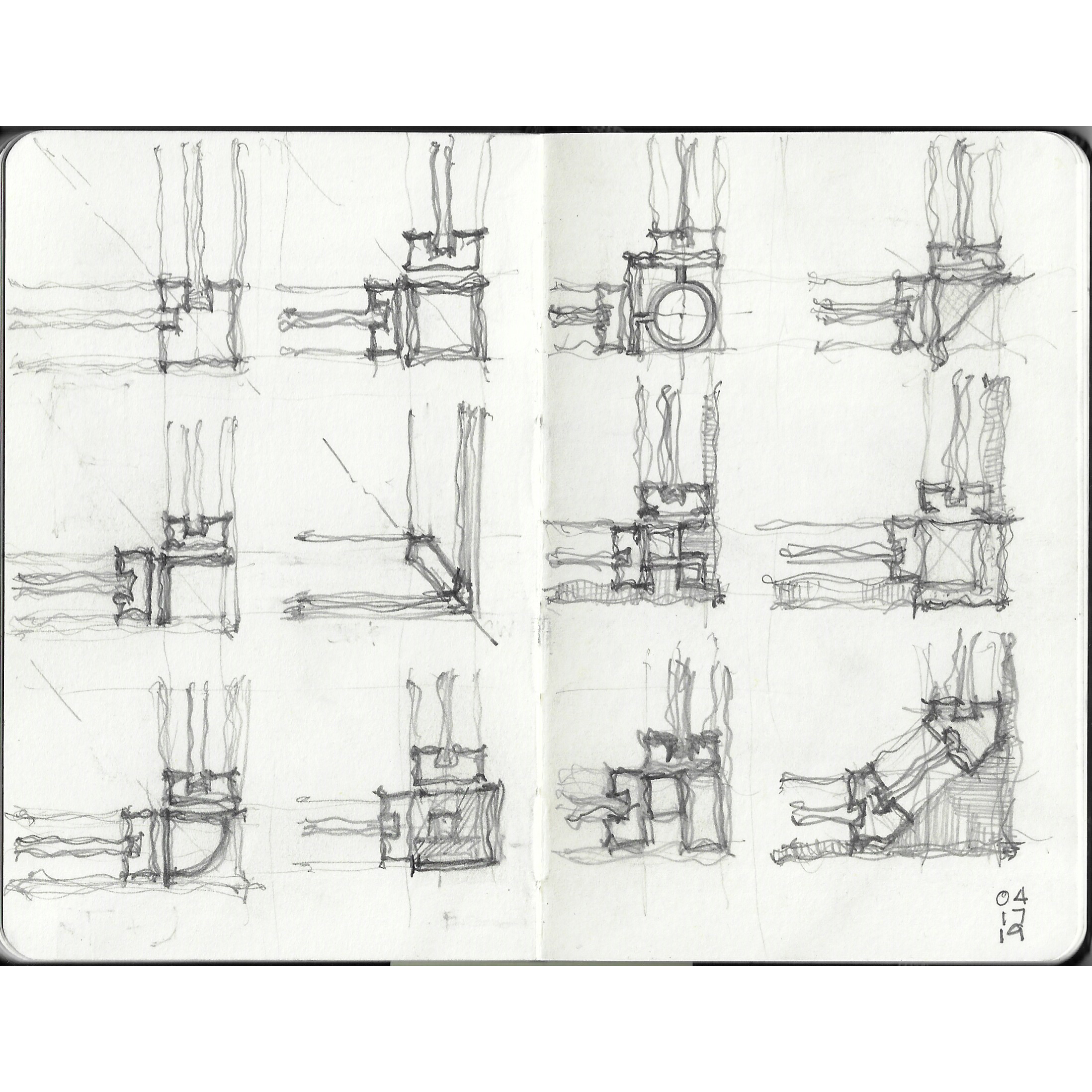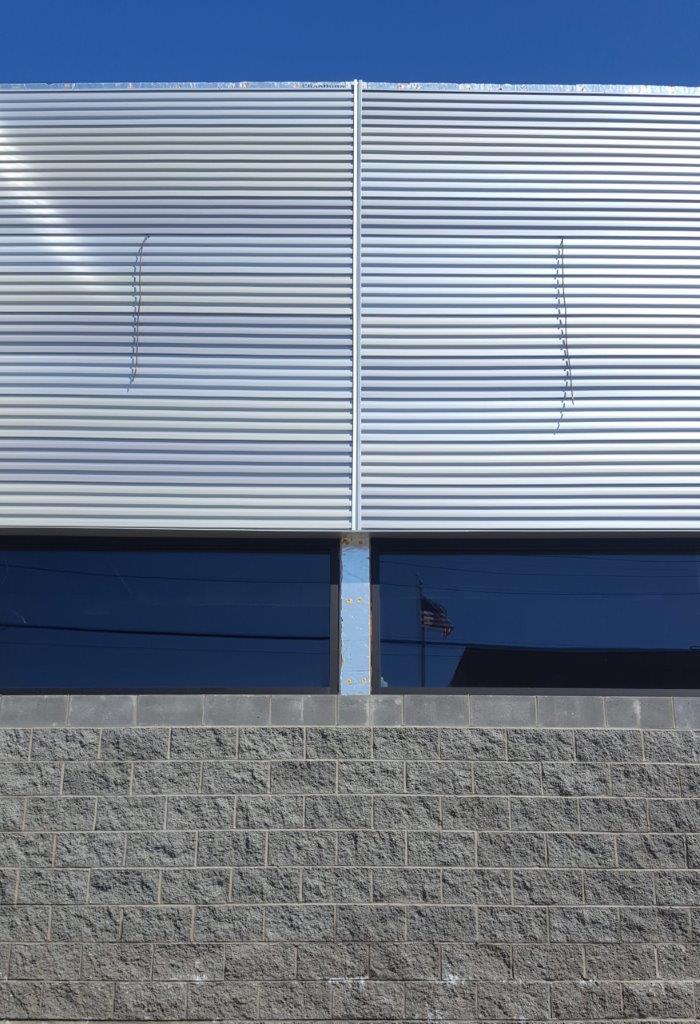
We are so detached from the roots of modernism’s early days that none of us know how to talk about it. Is it the same as (you know what), “I know it when I see it?” The conversation cannot escape confirmation bias – whoever brings it up wants an agreement to their point. It doesn’t take much to find someone on Twitter setting up false dichotomies or tired ad hominem arguments where they pose a remarkable classical version of a building type against a poor modernist interpretation of the same building type. See, which one is better?
I don’t have time for poor logic or cheap clickbait techniques for foolish and senseless arguments.
Many, if not most, today see modernism relegated to a mere style (modernistic) – a shadow of the past where the visual aspects can be codified into a set of rules. When we use those rules, we create a modern structure. The recipe approach has given us far too many ‘modern’ designs, which invokes the classicists to come out ‘loaded for bear.’ (Did I actually write that?).
I see it as an attitude, an approach – perhaps a point of view equally as defenseless as other opinions or as initially specious. However, it needs to be stated that all modern architects love and appreciate great architecture from every preceding era. We don’t wish to replicate it, though.
So where does that leave modernism? Are we still replicating it? We are if we see it as a style and if we incorrectly perpetuate the term in that manner.
What feels right to me is linking the visual with the operational, how something looks with how something works (not function before form – a massive misunderstanding of Mr. Sullivan), and the pursuit of editing and distilling down to essentials, yet beautiful. It has to do with essence, but no one wants to stumble into ontological rabbit holes anymore.
I need to find a new term, as modern and its cousin contemporary are loaded and misunderstood words. I’m open to your votes.





